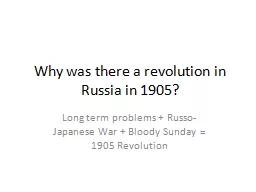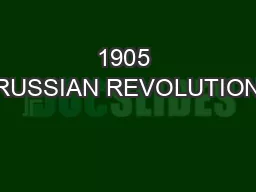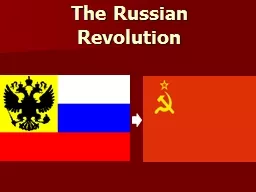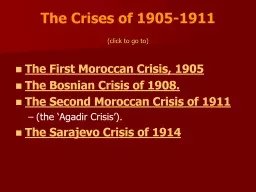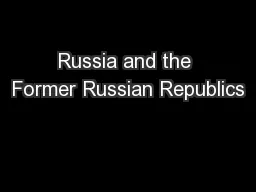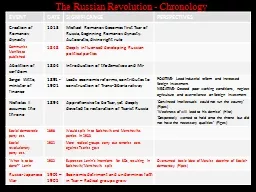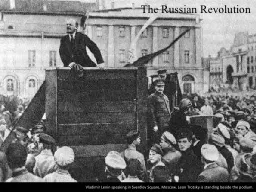PPT-Why was there a revolution in Russia in 1905?
Author : accompanypepsi | Published Date : 2020-08-03
Long term problems RussoJapanese War Bloody Sunday 1905 Revolution Long Term Workers Discontent Most workers had strong peasant roots and many were seasonal migrants
Presentation Embed Code
Download Presentation
Download Presentation The PPT/PDF document "Why was there a revolution in Russia in ..." is the property of its rightful owner. Permission is granted to download and print the materials on this website for personal, non-commercial use only, and to display it on your personal computer provided you do not modify the materials and that you retain all copyright notices contained in the materials. By downloading content from our website, you accept the terms of this agreement.
Why was there a revolution in Russia in 1905?: Transcript
Download Rules Of Document
"Why was there a revolution in Russia in 1905?"The content belongs to its owner. You may download and print it for personal use, without modification, and keep all copyright notices. By downloading, you agree to these terms.
Related Documents

